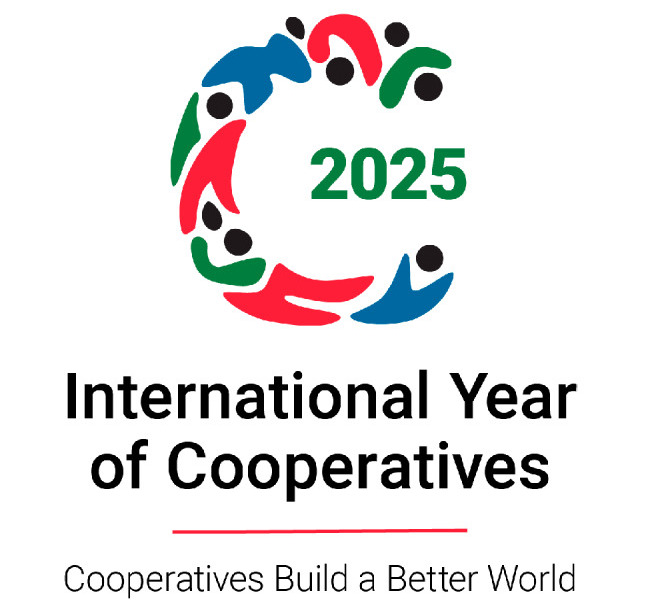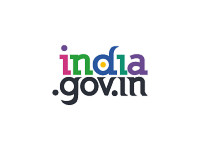- गोवा सरकारGovernment Of Goa
- स्वास्थ्य एवं परिवार कल्याण मंत्रालय

- State Family Welfare Bureau
- National Vector Borne Disease Control programme
- National Leprosy Eradication Programme
- National Tuberculosis Elimination Programme
- Integrated Disease Surveillance Programme
- Non Communicable Disease Cell
- Health & Wellness Centre
- NIDD Control Program
- Goa State AIDS Control Society/ STD Control Program
- Swach Bharat
- National Oral Health
- Ayushman Bharat
- National immunization programme
- National Rabies Control Programme (NRCP)
- NPCDCS
- Pradhanmantri National Dialysis Programme
- National Viral Hepatitis Control Program (NVHCP)
The HIV/AIDS Control activities in Goa, commenced way back in 1984 with surveillance done amongst High-Risk Groups through Directorate of Health Services. The Health Education Bureau at the Directorate of Health Services was the Nodal Agency for all the Programme activities. In 1986-87, when the first HIV case came to light, the STD Control Programme at the Directorate of Health Services coordinated all the activities, which finally led to the creation of AIDS Cell at the Directorate of Health Services. As HIV/AIDS turned out to be a major Public Health Problem in Goa, in order to take multi pronged interventions, the Goa State AIDS Control Society (Goa SACS) was created and got registered in 1999 to function under the guidelines of the National AIDS Control Organization (NACO), keeping in view the national pattern. The National AIDS Control Organization (NACO) and the Goa State AIDS Control Society (Goa SACS) are the wings of Ministry of Health and Family Welfare at Government of India and State level respectively. Today, Goa State AIDS Control Society is functioning under the present Project Director, monitored by the Executive Body under the Chairmanship of Pr. Secretary (Health), Government of Goa.
Goa is a tiny State on the west coast with a total population of about 14.58 lakh surrounded by high HIV prevalent States like Maharashtra and Karnataka. Since the first detected case of HIV/AIDS in Goa in 1987, the epidemic has crossed over from high-risk groups to general population, from urban to rural areas and from adults to children. HIV is now prevalent in all parts of Goa and nearly 60% of the cases are reported from the four coastal talukas of Goa. Sexual route is predominant mode of transmission being more than 90%. Goa has been classified as a low prevalent State based on the sentinel survey data. Goa has always been in the forefront in combating HIV/AIDS. Goa SACS over the last few years has initiated various measures and also developed certain infrastructure facilities/ services for the control and prevention of HIV/AIDS.
National AIDS Control Programme Phase III (NACP III) was launched in July 2007 with the goal of Halting and Reversing the Epidemic by the end of project period in mid 2012. The NACP-III strategy and implementation plan emerged out of the synthesis of evidence and wide range of consultations with government departments, civil society, public and private sector partners, people living with HIV and NGOs. The entire process was a home grown yet world class program that was appreciated by the global community. NACP-IV will continue to be inclusive, participatory and adopt the widely consultative approach similar to that of NACP-III.
NACP – IV (2012-2017)
National AIDS Control Programme Phase III (NACP III) was launched in July 2007 with the goal of Halting and Reversing the Epidemic by the end of project period in mid 2012. The National AIDS Control Organization (NACO) has initiated the process to start the next phase of the program. The program will build on the successes of the robust NACP III and ensure completion of the reversal of the epidemic through enhanced prevention linked with care support and treatment.
The NACP III strategy and implementation plan was developed based on the synthesis of evidence with wide range of consultations with government departments, civil society, public and private sector partners, NGOs, PLHA networks. The entire process was a home grown yet world class program that was appreciated by the global community.
Program reviews indicate that most of the targets set for NACP III was achieved by mid 2012 in terms of scale-up of coverage of HRG, safe blood supply, testing services, scale-up of ART and various interventions with community ownership and following principles such as GIPA. However, consolidating the gains and ensuring quality and coverage will require attention in the next few years.
The process to develop the plan for the next phase of the programme is being initiated. The next phase will continue to be inclusive and focused on marginalised, weaker sections and hard-to-reach population. NACP has explored various approaches towards this. NACP IV will continue to provide care, support and treatment to all eligible population along with focused prevention services for the high-risk groups and vulnerable populations.
The NACP IV planning is adopting the inclusive, participatory and widely consultative approach similar to that of NACP III and is further strengthening on the globally acclaimed and successful planning efforts of NACP III. The process will essentially involve a wide range of consultations with a large number of partners including government departments, development partners, non-governmental organizations, civil society, representatives of people living with HIV, positive networks and experts in various subjects. NACP IV development will use specific mechanisms and follow a structured process.
Goals & Objectives
Objective 1: Reduce new infections by 50% (2007 Baseline of NACP III)
Objective 2: Comprehensive care, support and treatment to all persons living with HIV/AIDS

Subscribe to our
Newsletter
***We Promise, no spam!









